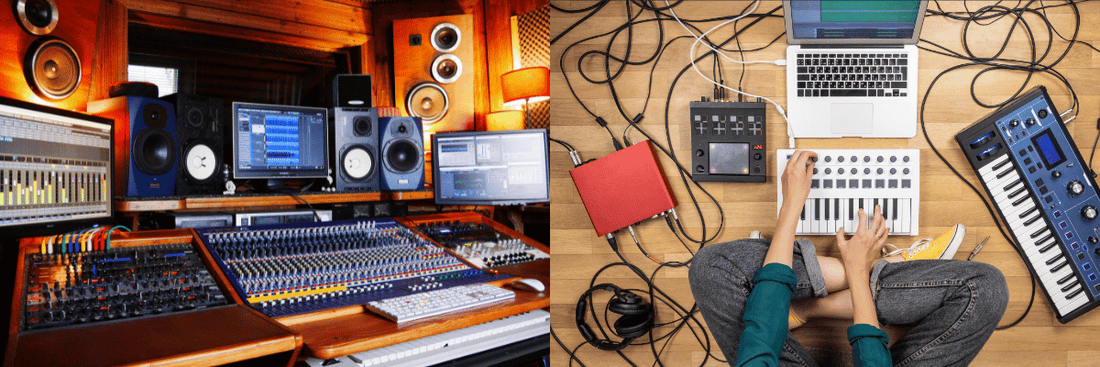
A Beginners Guide to Music Technology
Share
Gone are the days of composers madly scribbling away at manuscript paper - these days, with technology at hand, a musician can pull together a pro level recording with a laptop and a bit of know how!
We’re going to cover the basics of MIDI, Audio Interfaces, DAW’s, VST’s, Notation Software

DAW: Digital Audio Workstation (recording software)
A DAW is software used for recording, editing, producing, and mixing audio. Whether you're making music, recording a podcast, or scoring for film and TV, a DAW is your go-to tool. It lets you record live instruments, MIDI, and loops, then tweak everything with effects to get the perfect sound.
Popular Professional DAWs:
If you're looking for pro-level software, here are some of the top DAWs used by musicians and producers - each essentially do the same thing, but have unique workflows:
- Logic Pro
- Ableton Live
- FL Studio
- Pro Tools
- Cubase
Getting Started:
There are plenty of free DAW’s to dip your toes into the world of recording without breaking the bank
- Mac & iOS Users – GarageBand is a free, beginner-friendly DAW that comes with a huge selection of software instruments, loops, and effects. You can grab it from the Mac App Store, and it's a great way to learn the basics.
- PC & Mac Users – If you want to try a free DAW without downloading anything, there are some great browser-based options like BandLab, SoundTrap, and Amped Studio. They’re easy to use and perfect for beginners.
No matter which DAW you choose, the best way to learn is by diving in and experimenting. Have fun creating!

MIDI: Musical Instrument Digital Interface
MIDI is the language that allows digital instruments and computers to speak to each other - almost any keyboard manufactured in and after the 1990’s will have MIDI implemented.
Modern keyboards utilise “MIDI over USB” - meaning you just need to plug your keyboard into your computer via a USB cable and BAM, they’re gunna talk to each other!
When you record via MIDI you are essentially using the piano keyboard to type information into your DAW or Notation Software - everything you play can be edited, just like typing words into a word document.

Audio Interface
An audio interface is the bridge between your computer and the rest of your gear. It lets you record high-quality audio by connecting microphones, instruments, and speakers to your DAW. If you're serious about music production, podcasting, or any kind of recording, an interface is a must-have.
What It Does:
- Connects Your Gear – Plug in mics, guitars, synths, and studio monitors
- Low-Latency Recording – Lets you record in real time without annoying delays
Key Features to Look For:
- Inputs & Outputs – More inputs = more things you can record at once
- Phantom Power – Needed for certain microphones (like condenser mics)
Popular Audio Interfaces:
- Focusrite Scarlett Series – Affordable and reliable, great for beginners.
- Behringer Interfaces - Affordable and good for beginners
- iRig Interfaces - Great for connecting to iOS devices (Apple iPhones and iPads)
If you're just getting started, a simple 2-input interface (like the Focusrite Scarlett 2i2) is perfect. Just plug it in, set it up in your DAW, and start recording!

Notation Software: Software used to create sheet music
Notation software is a digital tool that helps musicians, composers, and arrangers write sheet music. Instead of scribbling notes on paper, you can type them in, click them in, or even play them in with a MIDI keyboard, and the software takes care of formatting everything neatly.
What It Can Do:
- Enter Notes Easily – Use a keyboard, mouse, or MIDI controller
- Automatic Formatting – No more messy handwriting—everything looks clean and professional
- Playback – Listen to your composition with built-in sounds
- Edit and Tweak – Adjust time signatures, key signatures, dynamics, and more
- Export Options – Save your music as a PDF, MIDI, or audio file
- Collaboration – Some programs let you share your work with others
Popular Notation Software:
- Sibelius – Avid’s industry-standard software, widely used by pros
- Dorico – Quickly becoming the new industry standard - super smart formatting and flexible workflow
- MuseScore – Free and powerful, great for beginners and pros alike
Alternative notation software:
Many pro musicians use chord charts instead of traditional music. The go to for creating easy to read chord charts is “iReal Pro” - it allows you to create professional charts that are instantly transposable in the iReal Pro app on iOS devices, and can even create and playback backing tracks (perfect for practicing at home)

VSTs (Virtual Studio Technology)
VSTs are digital plugins that add extra sounds and effects to your DAW. Think of them like virtual instruments and audio processors that let you expand your creative toolkit without needing tons of physical gear. Whether you want a realistic grand piano, a huge synth, or pro-level mixing tools, there’s a VST for it.
Types of VSTs:
- VST Instruments – These are virtual instruments like pianos, synths, drums, orchestral sounds, and more. They can sound incredibly realistic or completely experimental. (Examples: Kontakt, Keyscape, Addictive Keys, Spitfire Audio)
- VST Effects – These are plugins that shape and enhance your audio. Think reverb, delay, compression, EQ, and distortion. Most DAW’s come pre-loaded with a handful of high quality VST Effects, with literally thousands more available to purchase and install
- VST MIDI Effects – These manipulate MIDI data to help with things like arpeggiation, chord generation, and humanizing sequences - most DAW’s come pre-loaded with a plethora of VST MIDI effects
Getting Started with VSTs:
Most DAWs come with built-in VSTs, but you can also find tons of free and paid ones online. If you're just starting out, check out free options like LABS by Spitfire Audio, Kontakt Komplete Start, and Roland Cloud
Installing them is usually as simple as downloading and installing them. After that, just load up your DAW and start experimenting!
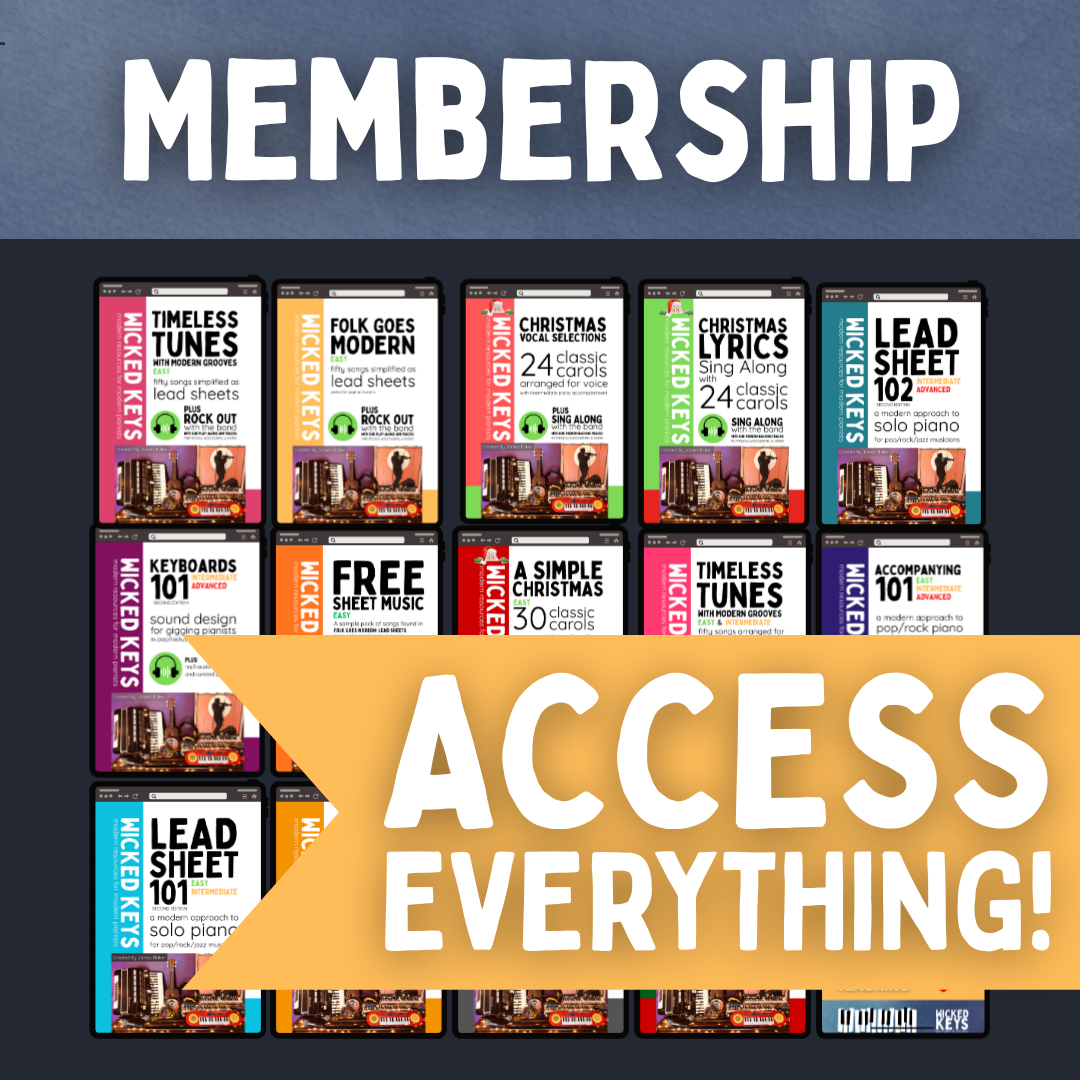
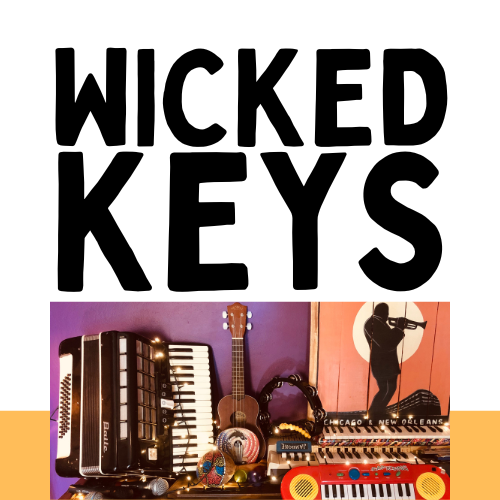
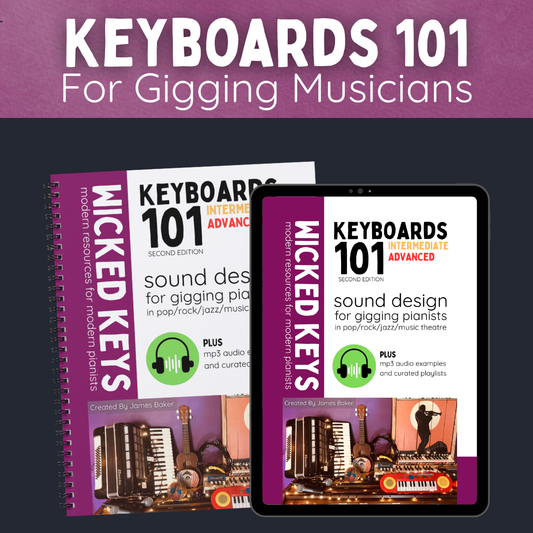
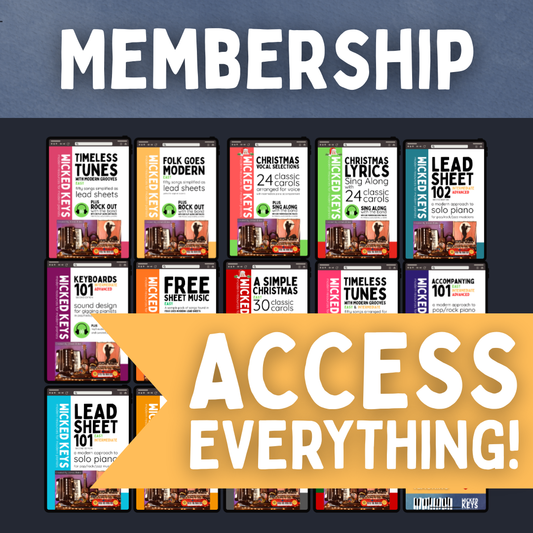
![Lead Sheet 101 eBook [Single License] Pay What You Can](http://wickedkeys.com.au/cdn/shop/files/wickedkeys.com.au.png?v=1760493645&width=533)
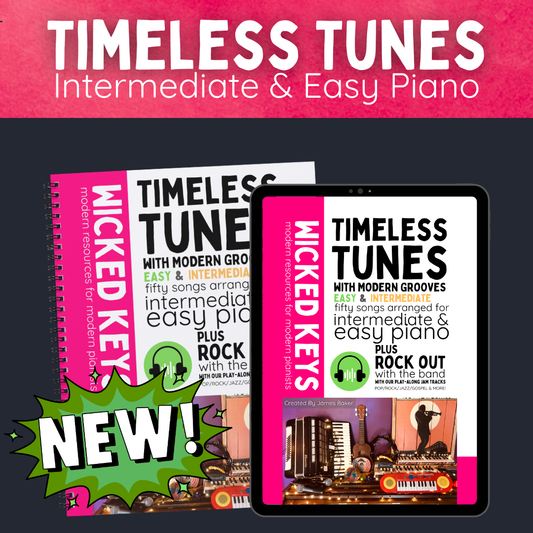
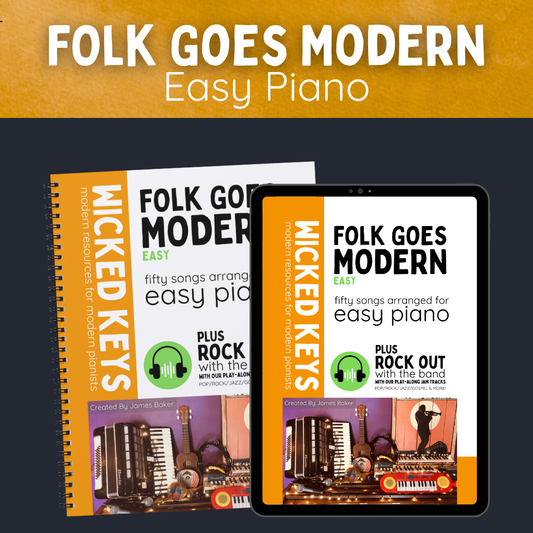

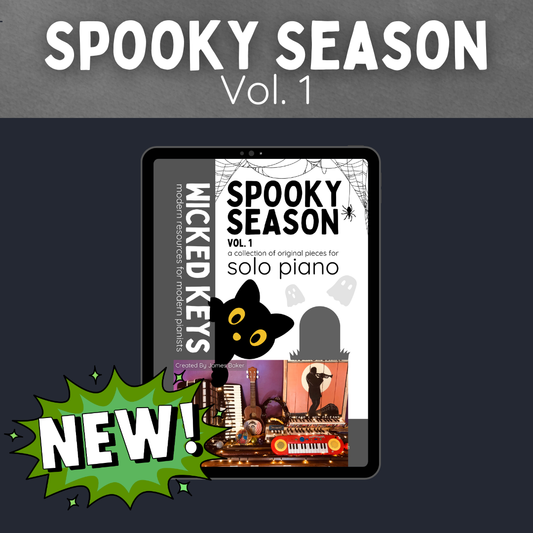
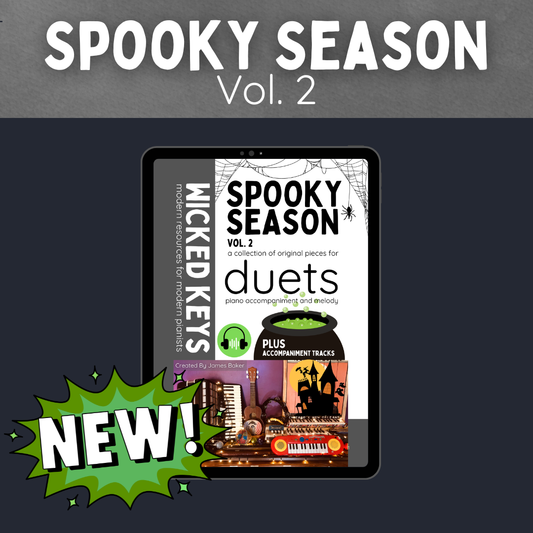
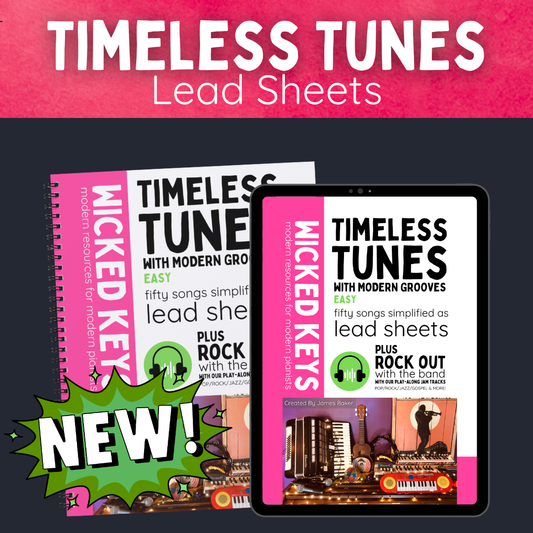
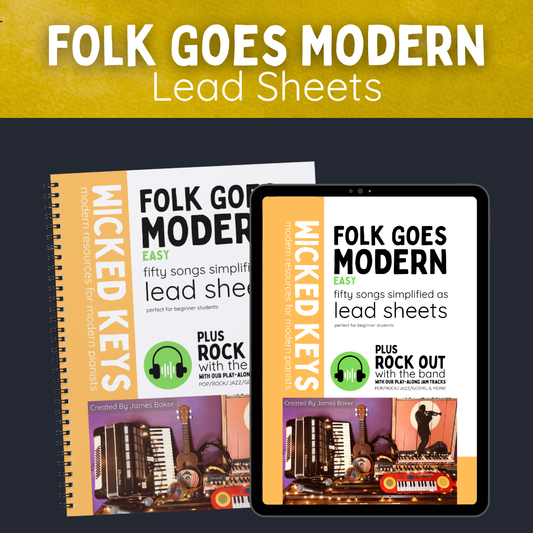
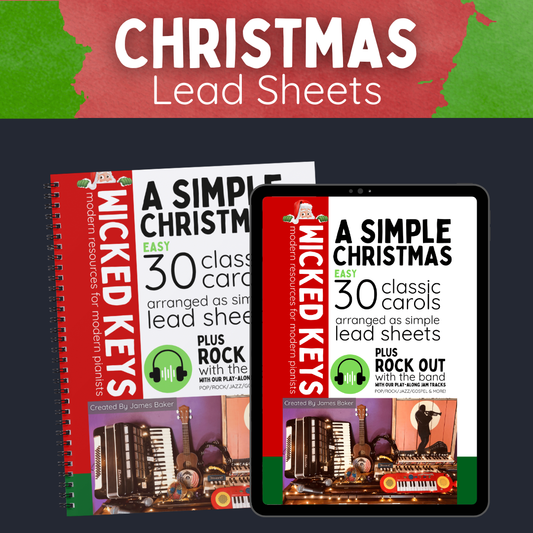
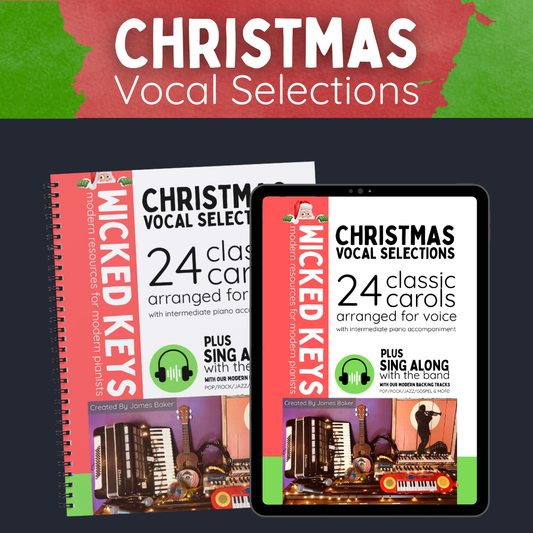
![[COMING SOON] Junior Jazz Vol. 1](http://wickedkeys.com.au/cdn/shop/files/22_497fc077-4911-4527-bfad-a7749288e7ca.png?v=1759207635&width=533)
![[COMING SOON] Beginner Blues Vol. 1](http://wickedkeys.com.au/cdn/shop/files/23_844563d1-4c1b-4d59-97de-72c8f9c5122a.png?v=1759207694&width=533)
![[COMING SOON] Accompanying 101](http://wickedkeys.com.au/cdn/shop/files/18_f4c8b907-7385-46b3-801a-77b28cf7d83d.png?v=1759143867&width=533)
![[COMING SOON] Lead Sheet 102](http://wickedkeys.com.au/cdn/shop/files/17_5e2c6a47-e49a-4de2-b4d8-c72a4ed236f6.png?v=1759143867&width=533)
![[COMING SOON] The Business of Teaching Music](http://wickedkeys.com.au/cdn/shop/files/13_9b7bd319-bf2d-4b22-997d-4df4caa52375.png?v=1759143866&width=533)